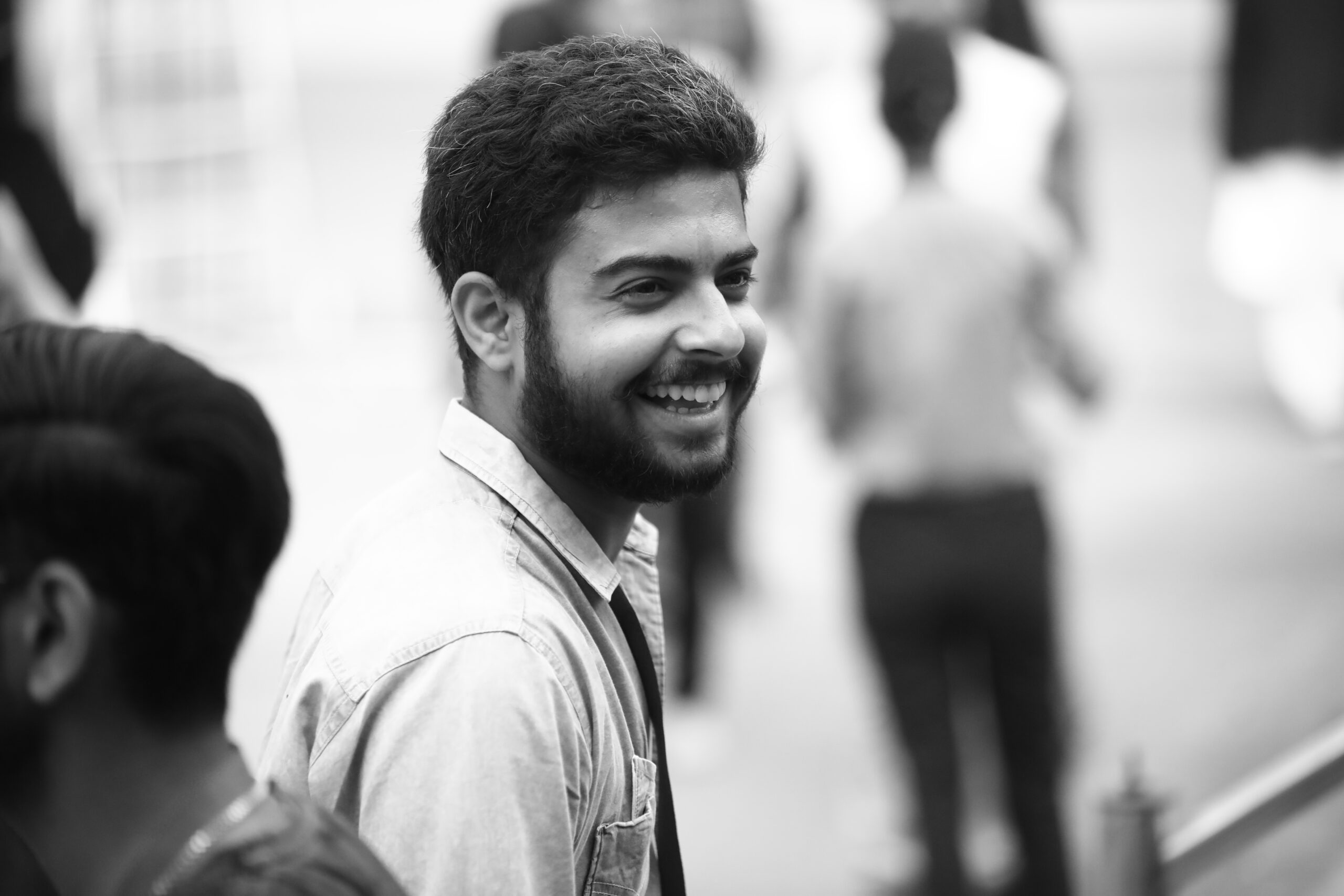“Papa drum mein hai”—four chilling words uttered by a six-year-old girl in Meerut. Her innocent voice didn’t just unveil a gruesome murder. It tore open the silence that surrounds male suffering in India—a silence sealed by laws, prejudice, and selective justice.
On March 4, 2025, Saurabh Rajput, a 34-year-old Merchant Navy officer, landed in India for his daughter’s birthday. He never lit the candles. His wife, Muskan Rastogi, and her lover, Sahil Shukla, drugged and butchered him, carving his body into 15 pieces, and stuffed the remains in a cement-filled plastic drum. They then fled to Himachal for a holiday.
What remained wasn’t just a crime scene—but a metaphor. That drum is more than a container of flesh. It’s a drum of injustice. It echoes a question India still refuses to answer:
Are men the forgotten victims of Indian law?
Saurabh, Atul, and the Anatomy of Overlooked Pain
Just three months earlier, in December 2024, Atul Subash, a Bengaluru-based IT professional, died by suicide. His 62-page note didn’t cry for revenge. It documented relentless emotional abuse. It described false dowry charges. It portrayed a slow social death at the hands of a biased system.
No court convicted him. No evidence was proven. But his life ended anyway.
Both Saurabh and Atul were different victims of the same system—one was torn apart physically, the other mentally. One’s death came from knives; the other’s, from the legal machinery that assumed guilt the moment a woman pointed a finger.
The Law’s Selective Shield 498A IPC/ 85 BNS
India’s Section 498A of the IPC was created in 1983. It is now Section 85 of the Bharatiya Nyaya Sanhita (BNS). The law was made to shield women from marital cruelty. Cognizable, non-bailable, non-compoundable—designed as a fortress against abuse.
But that fortress is one-sided. Women could file complaints without evidence, and men would be arrested. In Sushil Kumar Sharma v. Union of India (2005), the Supreme Court called it “legal terrorism.” In Arnesh Kumar v. State of Bihar (2014), it urged police to investigate before arresting.
Still, in 2025, men remain vulnerable to weaponized laws.
The BNS kept Section 85 untouched, despite rising misuse. Even the Law Minister, Arjun Ram Meghwal, in September 2024, promised reforms. But promises didn’t save Atul. Promises didn’t protect Saurabh.
Gendered Blindness in the Courtroom
Muskan’s case is under BNS Section 103 (murder), which permits the death penalty. The evidence is overwhelming: digital planning, forensic proof, and a child witness. Even Muskan’s own mother has demanded the gallows.
But India has a strange softness when the accused is a woman. Courts often weigh “emotional trauma,” “coercion,” and “mental stress” as mitigating factors—for women. If the roles were reversed—if Saurabh had butchered Muskan—there would be no appeals for understanding, only demands for a noose.
The question isn’t just whether Muskan will be punished. The question is: will her punishment match what a man would get for the same crime?
More Drums. More Victims. More Silence.
Saurabh and Atul aren’t anomalies. They are symptoms of a bigger rot:
Recent Cases That Should Alarm Us All:
- May 2025 – Pune:
Techie Rahul Tiwari dies by suicide after false molestation charges by his wife led to job suspension and public shaming. Charges later dismissed as fabricated. - February 2025 – Delhi:
Manish Bansal jailed for 45 days under false rape allegations. Later acquitted, but irreparably scarred socially and professionally. - March 2025 – Nagpur:
Vishal Dange, a father fighting for custody, dies in police custody after being arrested under allegedly false domestic violence charges.
Each of these men died or suffered without conviction, without trial—but not without a system complicit in their fall.
The Numbers India Ignores
- NCRB 2021: 75% of suicide victims were men—over 1,00,000 deaths.
- Domestic violence faced by urban married men: 23% (2022 Centre for Research & Development). Only 1% report abuse.
- Section 498A/BNS 85 cases filed yearly: Over 1,00,000
- Conviction rate: A dismal 10–15%
Where is the outrage for this data? Where is the protection for these lives?
No Law, No Helpline, No Hope
While women have shelters, helplines, and national campaigns—men have silence. There is no official helpline for male victims of domestic abuse. No shelter. No rehabilitation support. No dedicated ministry looks into men’s issues.
Even the Save Indian Family Foundation—an NGO working on men’s rights—is privately funded. It is publicly dismissed as “anti-women,” despite defending falsely accused and abused men.
We say men should speak up. But when they do, the law shrugs. Or worse, laughs.
This Isn’t About Diluting Women’s Rights
Let’s be absolutely clear: women still face horrifying violence in India, and their protection must remain paramount.
But justice cannot be gender-exclusive.
Rights are not a zero-sum game. You don’t protect women by ignoring men. You protect both by protecting truth.
The Way Forward: From Justice to Balance
Here’s what a fair system must include:
- Section 85 Reform: Require prima facie evidence before FIR registration. Criminalize proven false claims.
- Gender-Neutral Domestic Violence Law: Because abuse knows no gender.
- National Helpline for Male Victims: Mental health, legal guidance, shelter support.
- Judicial and Police Training: To identify false accusations and recognize male victims without bias.
- Data Inclusion: Track abuse and suicide among men, not just women.
Who’s on Trial?
The drum in Meerut isn’t just filled with cement and bones.
It’s filled with questions.
To the courts: Will you treat Muskan as you would a male murderer?
To lawmakers: When will you fix a law that jails without proof, and lets truth drown in gender bias?
To society: How many Saurabhs must bleed before you believe men suffer too?
A Final Bang on the Drum
The justice system isn’t failing women—it’s failing balance.
It isn’t protecting victims—it’s protecting narratives.
We heard Nirbhaya’s cry. We must also hear Atul’s silence.
We saw Ankita Bhandari’s face on banners. We must also see Saurabh’s shredded body in a drum.
Justice is not vengeance. But it must never be one-eyed.
Drums of Injustice Are Beating.
Will You Listen Before the Next Man Dies?
Rethinking Justice. Reclaiming Balance.
Connect with us on Instagram – X – LinkedIn for daily updates, quizzes, and other materials.
Also Read
Misuse of Gender Laws in India: False Cases, Legal Abuse & the Need for Reform






